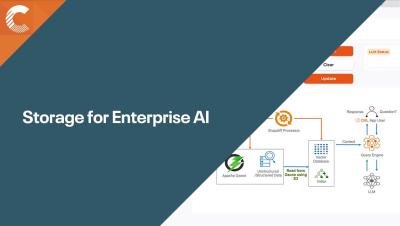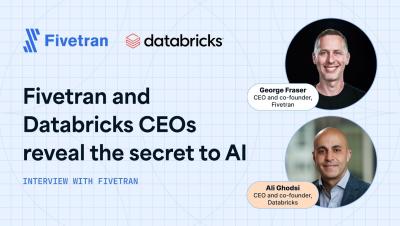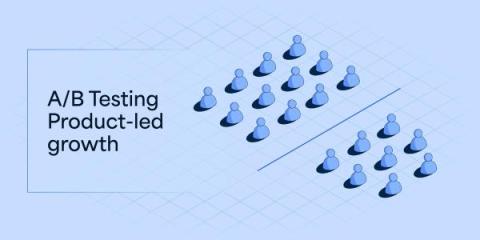All You Need to Know About Data Completeness
Data completeness plays a pivotal role in the accuracy and reliability of insights derived from data, that ultimately guide strategic decision-making. This term encompasses having all the data, ensuring access to the right data in its entirety, to avoid biased or misinformed choices. Even a single missing or inaccurate data point can skew results, leading to misguided conclusions, potentially leading to losses or missed opportunities.











